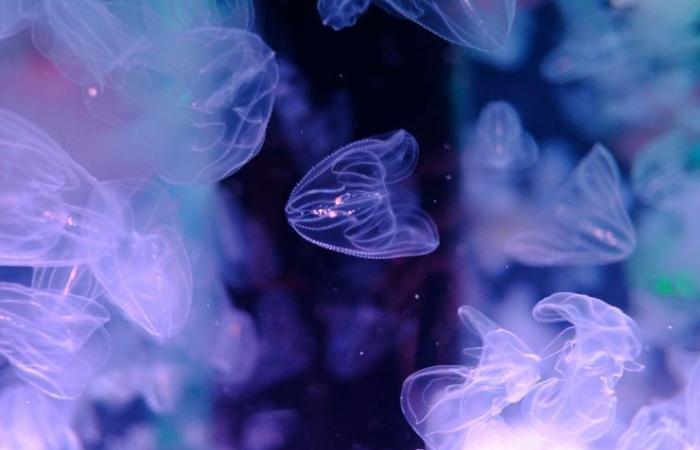In our seas, the invasion of a specific species has been recorded: what it is and what are the problems encountered.
(viaggi.nanopress.it)
Within our seas, the invasion of a certain species has been detected which, in fact, can pose various risks to the marine ecosystem. We are referring specifically to the sea nut which – for several years – has invaded the Venice lagoon. Let’s discover together what problems this species causes to the waters and also to local fishing.
Until some time ago, the great concern for the sea waters was the blue crab, but recently, the alarm, in any case, concerns a species that is, in particular, attacking the waters of the Venice lagoon : we are referring to the sea nut.
According to a study conducted some time ago, this species can cause national problems: on the other hand, it must be considered that – starting from 2014 – the species has begun to spread more and more, due to theincrease in water temperatures.
It is very important to keep in mind that biological invasions essentially represent a very large risk for marine biodiversity and for fishing in general: this species, moreover, has a highly negative impact on the latter activity and for this reason, therefore, a solution must be found to stem the problem.
What are the risks associated with the invasion of the species
Like the blue crab, this species also involves a real transformation of the fish fauna. And, as we anticipated, the Venice lagoon and the area most affected by this particular species which is profoundly changing the biodiversity of this stretch of sea. Furthermore, the intense naval traffic and the various activities carried out by man further impact the territory itself.
The study, conducted by Department of Biology of the University of Padua in collaboration with the National Institute of Oceanography and Experimental Geophysics of Trieste, makes us understand that the expansion of this species, which began in 2014, is therefore linked to the increase in water temperature, which, essentially, derives from climate change in recent years. Such sea nut has a gelatinous consistency and a body a few centimeters long.
This sea nut, therefore, tends to clog fishermen’s nets and, therefore, represents a problem for small businesses, as it eats plankton and larvae of valuable species. For 10 years now, therefore, the catch has decreased by almost 40%: it is, therefore, a major environmental problem that affects both the economic and social sphere and, therefore, cannot be ignored, as it has a major impact on the environment and fishing in general.







